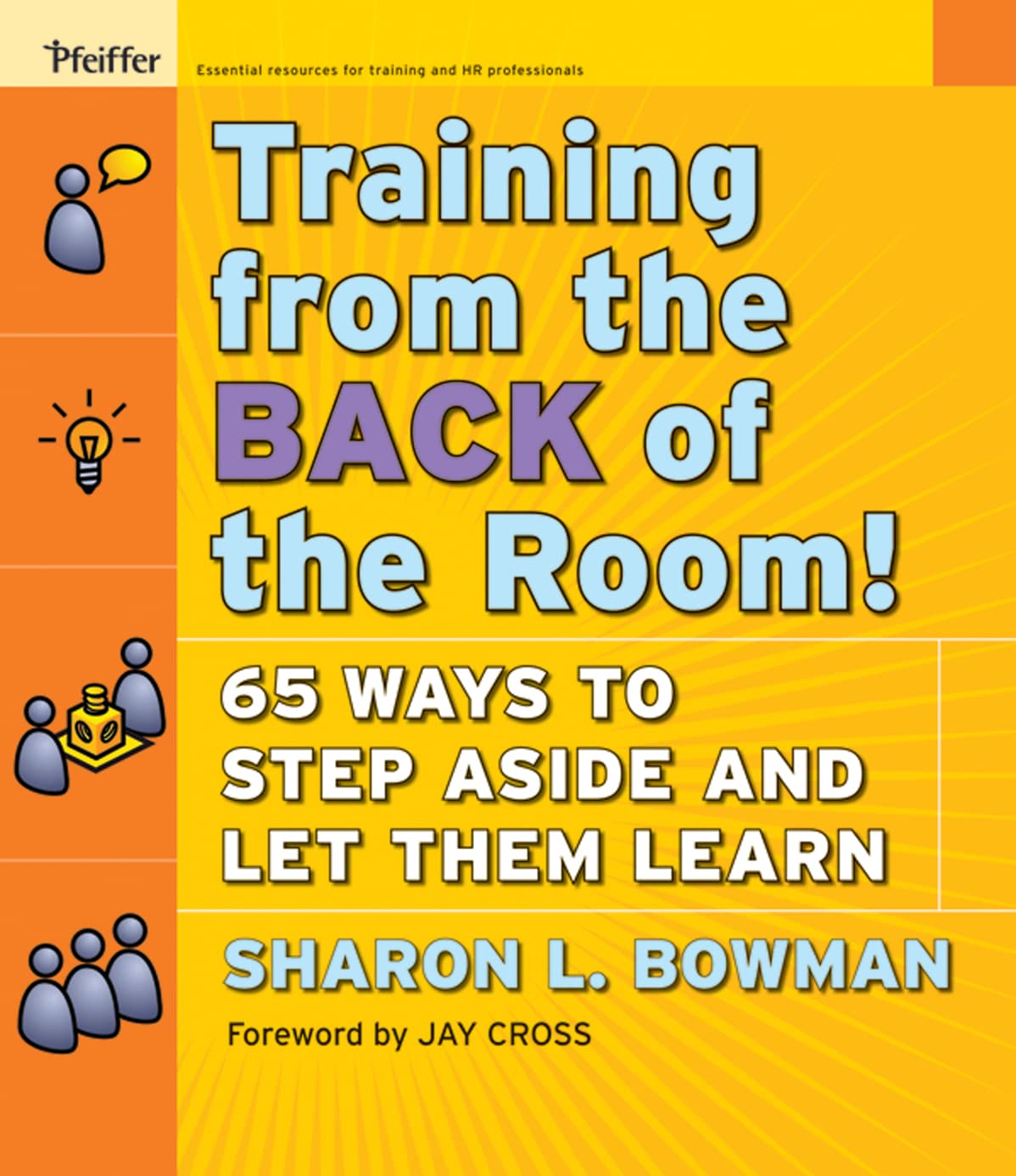Training From the Back of the Room
When you lead training are you in the front of the room or the back? Does your training implement the 4 Cs?

I stumbled upon this book while reading Emily Bache's book about Samman Coaching. Emily spoke very highly of it, so I thought I would check it out. I found that a lot of the book was common sense, although it is always amazing to me how much we just do what we know and repeat what we are used to.
Most of us went to public school and in public school and through college, much of the classroom experience is very much pedagogical. The teacher lectures. The students listen. It is generally not very interactive. Unfortunately, brain science tells us that is not the best way to learn.
The title of the book is "Teaching From the Back of the Room" because that is the most effective place for the teacher to be. The goal is to make the students take a more active role in their learning.
The 4 Cs
The book talks about something called the 4 Cs as a way to organize your training. You divide your training up into four stages. Generally, you do them in order.
Connect
Instead of starting with some random icebreaker or starting right into a lecture, the connection activity is about connecting the learners to each other as well as to the subject, its importance, and their prior knowledge of the subject. It's about setting the stage and preparing students. It can also help the instructor by showing them what prior knowledge students have.
Concepts
The concepts part is where you introduce a new concept. In more traditional settings this may be a lecture, but the book has plenty of activities for introducing new concepts that involve the students participating.
Concrete Practice
This is often missing from a lot of traditional training. This is about giving students an opportunity to learn by doing. You need to provide them a safe opportunity to practice their new skills.
Conclusions
At the end of your training, you need to do something to wrap things. This gives students a chance to reflect on what they have learned and what changes they can implement going forward. The book gives a variety of exercises to help do that.
Specific Activities
The book lists several activities and variations for each of the 4 Cs. These are all designed around getting students more involved and active. The book does a really good of differentiating between the various activities and when you might choose one over the other. The activities are all general enough that you could use them for any kind of training.
Reflection
After reading the book I did some reflection of my own. I find a lot of value in the Connection and Conclusion parts. I used to be part of this business group - 3to5 Club. At our meetings, we would always do introductions and talk about what we had been working on the past couple of weeks since the last meeting. We would also do a conclusion at the end where everyone would talk about what they had learned and what their goals were for the next 2 weeks. It was so useful that I started using it in my Mastermind group. It works really well there.
The one thing I think we are missing or maybe don't have enough of in the Mastermind Group is the concrete practice. Usually, there is some discussion around some concepts and there is generally not much practice. Occasionally we will do some pair or mob programming and sometimes we'll do a problem-solving exercise. I need to figure out how to work more concrete practice into the Mastermind group.
The other thing I need to work on is being more intentional about how I structure my workshops. I generally follow the 4 Cs and I could be more intentional about it. I usually do the connection and conclusion pretty well. There is always plenty of concrete practice. I do tend to spend a little too much time in Powerpoint in the Concept phase. I need to get out of PowerPoint and make it more interactive. In the last CI/CD workshop I think I did a better job of that than I have done in the past. This book will definitely color my training going forward.